This profile presents selected labour market data, typically for the latest year available, covering a wide range of key aspects such as labour force participation, employment, labour underutilization, working conditions, social protection, and occupational safety and health. These statistics provide a broad overview of progress toward decent work for all and highlight disparities within the labour market. They contribute to monitoring global efforts to achieve SDG 1 (No Poverty), SDG 5 (Gender Equality), SDG 8 (Decent Work and Economic Growth), and SDG 10 (Reduced Inequality).
Region: Europe and Central Asia | Northern, Southern and Western Europe
Income group: High income
Convention 160 ratification: Yes (3 Oct 1989)
Latest household survey: EU Labour Force Survey, 2024, 2025Q3
Standards and definitions used: 19th ICLS
Income group: High income
Convention 160 ratification: Yes (3 Oct 1989)
Latest household survey: EU Labour Force Survey, 2024, 2025Q3
Standards and definitions used: 19th ICLS
Notes: * = ILO modelled estimates. Otherwise, national figures. Data are based on the latest statistical standards and definitions (19th–21st ICLS) when available, or on the previous set (13th ICLS), as indicated in the introductory box. All ILO modelled estimates are based on the 13th ICLS. See the databases for sources, definitions, and caveats. Working poverty rate: share of employed persons living below US$2.15 (2017 PPP) per day. Youth NEET rate: share of youth (ages 15–24) not in employment, education, or training. Gender pay gap: difference in men’s and women’s hourly earnings as a percentage of men’s. SDG indicator 8.8.2 measures national compliance with fundamental labour rights (freedom of association and collective bargaining); it is based on ILO supervisory texts and national laws not designed for statistical purposes, and its use does not imply agreement by the Member States on the sources’ conclusions. Missing data: missing charts, blank bars or missing dots in charts, and dashes in tables indicate data not available.

 Spain
Spain